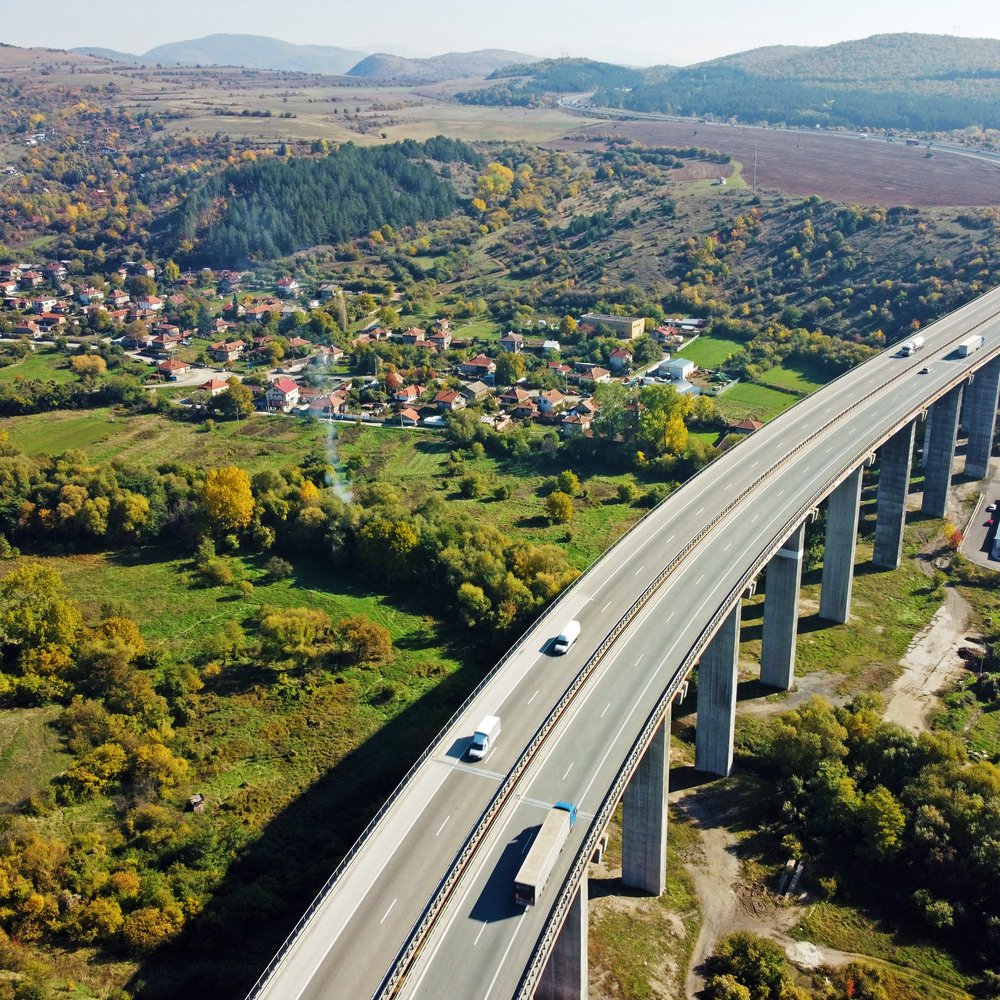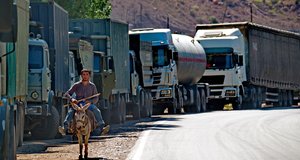Road to rights: The human cost of the new "Middle Corridor"

Shutterstock (licensed)

Shutterstock (licensed)
Russia’s war on Ukraine and international sanctions have driven a major shift in the vital trade arteries between East Asia and Europe. With tight restrictions on the Northern Corridor through Russia, there has been a rapid expansion of the Middle Corridor through Central Asia, South Caucasus and Eastern Europe, with unprecedented investment in infrastructure mega-projects for ports, roads and railways planned or announced from Brussels to Beijing. The development routes such as the Middle Corridor or Trans-Caspian International Transport Route have become more urgent for avoiding disruptions in the trade flow.
For investors, banks and companies looking to deliver infrastructure in the region, there are lessons to be learnt from existing and recently completed projects in the Middle Corridor.
This briefing highlights some of these lessons by looking at the scale and scope of human rights abuse in existing investments from China, Europe and the Middle East – and outlines the approaches which must be urgently adopted to deliver infrastructure which builds shared prosperity and a stable investment environment, as well as avoid the growing corporate regulatory, legal and reputational risks of abusing human and environmental rights.
Company responses
Explore allegations
Our data on allegations of human rights and environmental abuse at infrastructure projects in EECA over the past eight years